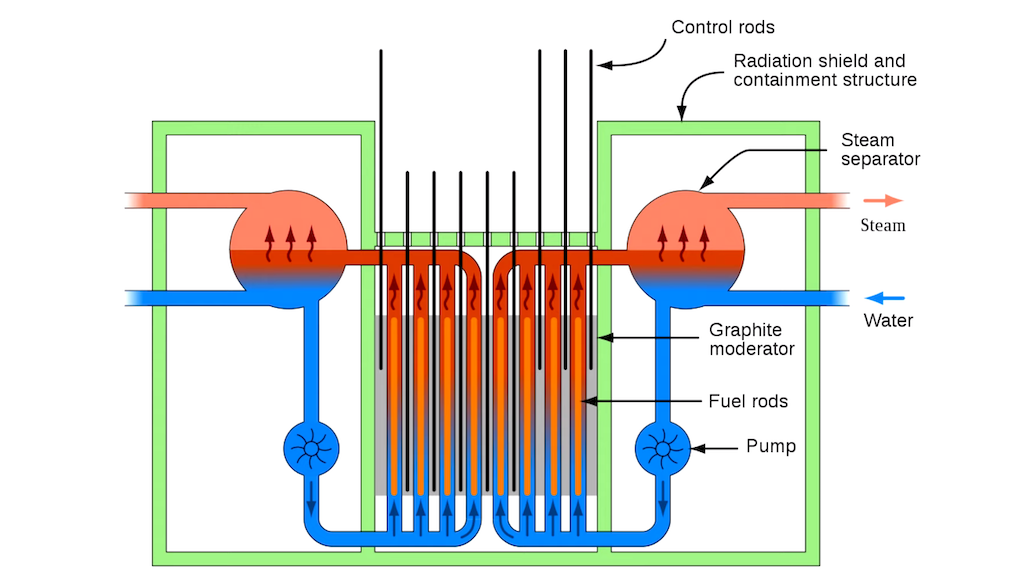Analyzing the Physics Behind the Catastrophic 1986 Explosion of Reactor 4 at the Chernobyl Power Plant

With the soaring popularity of the HBO series Chernobyl, Scottish scientist and vlogger Scott Manley explains the science of an RBMK nuclear reactor, the physical attributes of uranium and Xenon-135, the fission process and neutron absorption. Manley also analyzed the physics behind the catastrophic explosion of reactor 4 at the Chernobyl Nuclear Power Plant in 1986.
Related Laughing Squid PostsHauntingly Beautiful Infrared Photos of Life Arising Amongst the Rust of the Chernobyl Exclusion Zone"Nuclear Boy" Explains Japan's Nuclear Crisis to Children'Postcards from Pripyat, Chernobyl', Haunting Drone Footage of a City Evacuated After the Chernobyl Nuclear DisasterWith the TV show doing a great job at delivering its explanation in a manner that most people can easily understand, I felt I wanted to do a more detailed description. So I cover basic reactor physics, explain how the RBMK reactor works, how Xenon 135 works, Why the control rods included graphite tips, and why the reactor became unstable and ran away.
Follow Laughing Squid on Facebook, Twitter, Flipboard and Subscribe by Email.
The post Analyzing the Physics Behind the Catastrophic 1986 Explosion of Reactor 4 at the Chernobyl Power Plant first appeared on Laughing Squid.